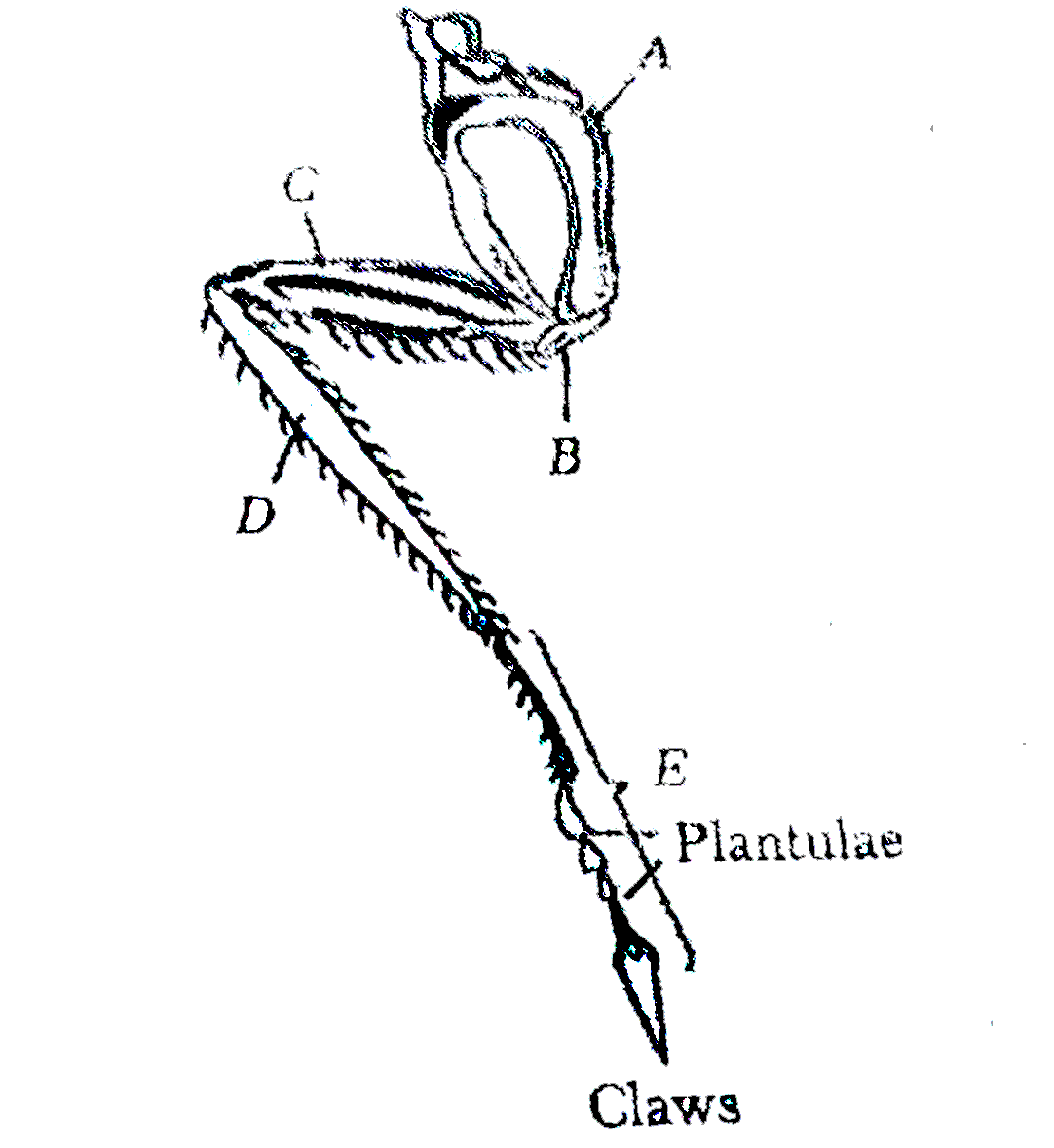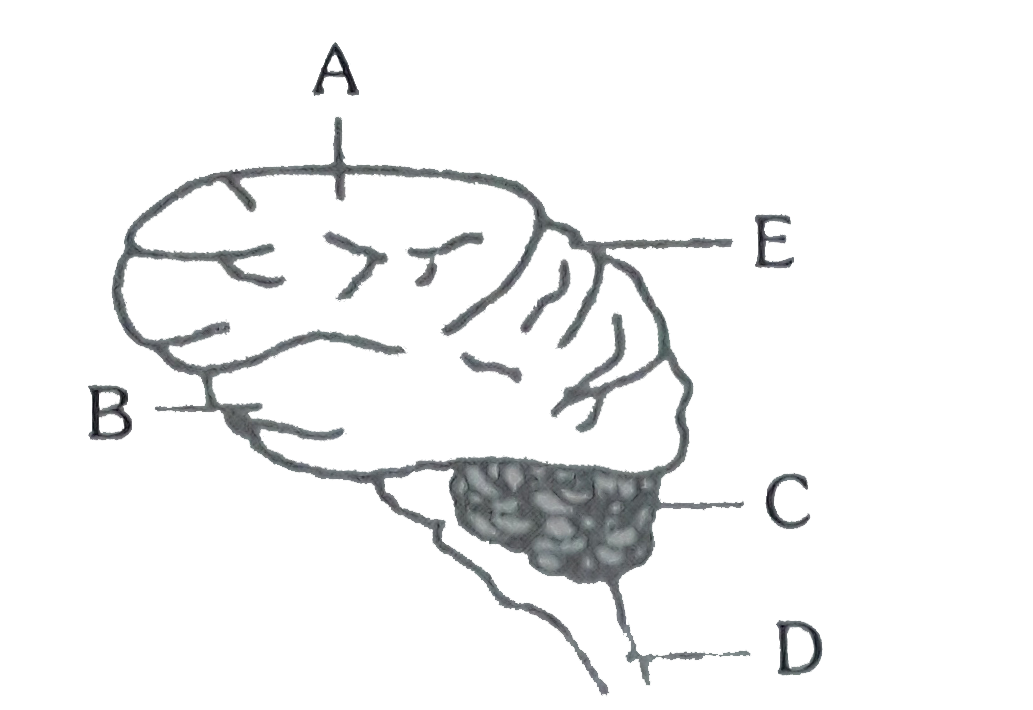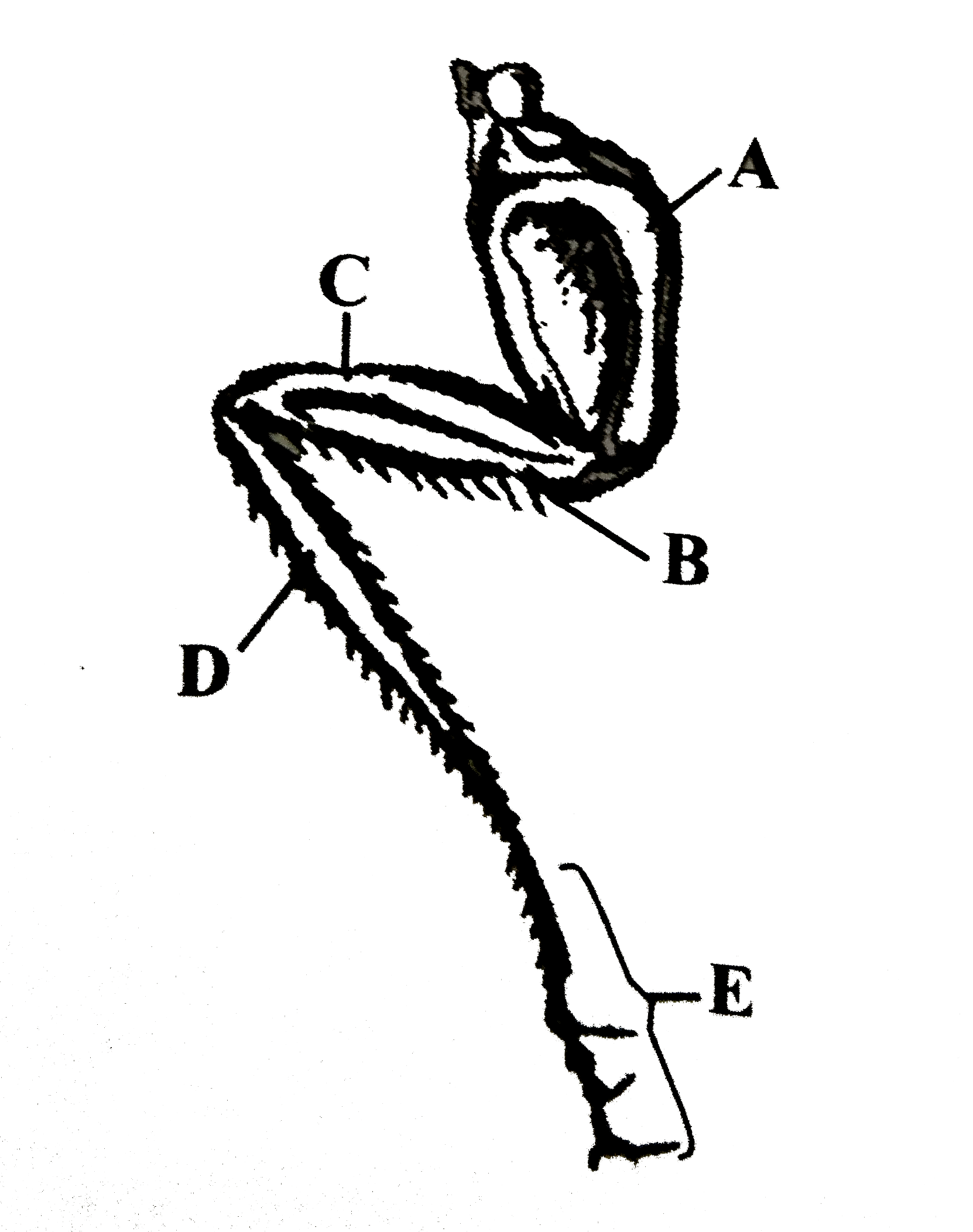Which of these terms have been paired correctly ?
Bark-Periderm
Cork-Phellem
Cork cambium - phelloderm
Secondary cortex - phellogen
The correct Answer is:B
To determine which of the terms have been paired correctly, we need to analyze the terms related to plant growth and development, particularly focusing on the structures involved in secondary growth.
1. Understanding Plant Growth Types:
- Plants undergo two types of growth: height increase (primary growth) and girth increase (secondary growth).
2. Identifying Secondary Growth:
- Secondary growth involves the formation of new tissues that contribute to the increase in girth. This process includes the formation of cork cambium.
3. Cork Cambium:
- Cork cambium, also known as phellogen, is a type of lateral meristem that produces cork (phellem) and secondary cortex (phelloderm).
4. Layers Produced by Cork Cambium:
- The cork cambium produces two layers:
- Outer Layer: Cork (Phellem)
- Inner Layer: Secondary Cortex (Phelloderm)
5. Understanding Periderm:
- The periderm is composed of the cork (phellem), cork cambium (phellogen), and secondary cortex (phelloderm).
6. Evaluating the Given Options:
- Now, we need to evaluate the pairs given in the question:
- Bark - Periderm: Incorrect. Bark refers to all tissues outside the vascular cambium, which includes the periderm but is not synonymous with it.
- Cork - Phellem: Correct. Cork is indeed the outer protective layer produced by the cork cambium.
- Cork Cambium - Phelloderm: Incorrect. Cork cambium is phellogen, not phelloderm.
- Secondary Cortex - Phelloderm: Incorrect. While phelloderm is a part of the secondary cortex, the term secondary cortex is broader.
7. Conclusion:
- The only correct pairing from the options provided is Cork - Phellem. Therefore, the correct answer is the second option.
Final Answer:
The correct answer is Option 2: Cork - Phellem.
- Plants undergo two types of growth: height increase (primary growth) and girth increase (secondary growth).
- Secondary growth involves the formation of new tissues that contribute to the increase in girth. This process includes the formation of cork cambium.
- Cork cambium, also known as phellogen, is a type of lateral meristem that produces cork (phellem) and secondary cortex (phelloderm).
- The cork cambium produces two layers:
- Outer Layer: Cork (Phellem)
- Inner Layer: Secondary Cortex (Phelloderm)
- The periderm is composed of the cork (phellem), cork cambium (phellogen), and secondary cortex (phelloderm).
- Now, we need to evaluate the pairs given in the question:
- Bark - Periderm: Incorrect. Bark refers to all tissues outside the vascular cambium, which includes the periderm but is not synonymous with it.
- Cork - Phellem: Correct. Cork is indeed the outer protective layer produced by the cork cambium.
- Cork Cambium - Phelloderm: Incorrect. Cork cambium is phellogen, not phelloderm.
- Secondary Cortex - Phelloderm: Incorrect. While phelloderm is a part of the secondary cortex, the term secondary cortex is broader.
- The only correct pairing from the options provided is Cork - Phellem. Therefore, the correct answer is the second option.
The correct answer is Option 2: Cork - Phellem.
Topper's Solved these Questions
Similar Questions
In the following diagram of a leg of cockroach, parts have been indicated by alphabets. Choose the answer in which these alphabets have been correctly matched with the parts which they indicate.

View SolutionThe given diagram is the lateral view of the human brain, parts are indicated by alphabets. Select the answer in which these alphabets have been correctly paired with the parts which they indicate

View Solution
Knowledge Check
See the figure of the vetical section of human heart given below certain parts have been indicated by letters. Select the correct answer in which these letters have been correctly paired with parts they indicate
 AA- Aorta, B - Superior vena cava C- Inferior vena cava ,D - Left ventricle , E- Semilunar valves, F- Left auricle, G-Right auricle, H- Pulmonary artery, I- Right ventricle, J- Tricuspid valves, K-Pulmonary veinBA -Aorta , B -Superior vena cava, C- Inferior vena cava,D-Right ventricle,E- Tricuspid and Mitral valves,F-Right auricle, G-Left auricle, H-Pulmonary vein,I-Left ventricle, J-Semilunar valves, K-Pulmonary arteryCA-Aorta, B- Pulmonary artery, C- Pulmonary vein,D- Left auricle, E-Tricuspid and Mitral valves, F-Left ventricle, G-Right ventricle, H-Inferior vena cava,I- Right auricle, J-Semi lunar valves, K-Superior vena cavaDA-Aorta,B-Pulmonary vein, C-Pulmonary arteries, D-Left ventricle, E- Semilunar valves, F- Left auricle, G- Right auricle, H- Superior vena cava, I- Right ventricle, J- Tricuspid valves, K- Inferior vena cava
AA- Aorta, B - Superior vena cava C- Inferior vena cava ,D - Left ventricle , E- Semilunar valves, F- Left auricle, G-Right auricle, H- Pulmonary artery, I- Right ventricle, J- Tricuspid valves, K-Pulmonary veinBA -Aorta , B -Superior vena cava, C- Inferior vena cava,D-Right ventricle,E- Tricuspid and Mitral valves,F-Right auricle, G-Left auricle, H-Pulmonary vein,I-Left ventricle, J-Semilunar valves, K-Pulmonary arteryCA-Aorta, B- Pulmonary artery, C- Pulmonary vein,D- Left auricle, E-Tricuspid and Mitral valves, F-Left ventricle, G-Right ventricle, H-Inferior vena cava,I- Right auricle, J-Semi lunar valves, K-Superior vena cavaDA-Aorta,B-Pulmonary vein, C-Pulmonary arteries, D-Left ventricle, E- Semilunar valves, F- Left auricle, G- Right auricle, H- Superior vena cava, I- Right ventricle, J- Tricuspid valves, K- Inferior vena cavaWhich of the following have been arranged correctly in order of increasing basic strength?
AC6H5N(CH3)2<C6H5NH2BNH2<OH<IC(CH3)3N<CH3NH2<(CH3)2NHDNH2OH<N2H4<NH3Which of the following terms have been grouped correctly ?
ASclerenchymatous hypodermis : dicot stemBCollenchymatous hypodermis : monocot stemCStarch sheath : Pericycle of dicot stemDStarch sheath : Endodermis of dicot stem
In the given diagram of a leg of cockroach, parts have been indicated by alphabets. Select the answer in which these alphabets have been correctly matched with the parts which they indicate

View SolutionWhich of the following is not paired correctly?
View SolutionWhich terms are matched correctly?
View SolutionWhich of the following pair is matched correctly ?
View SolutionWhich of the following satellites launched by PSLV-C23 have been paired correctly with their respective countries?

Choose the correct code from the options given below:
View Solution
